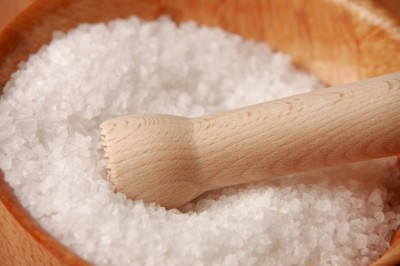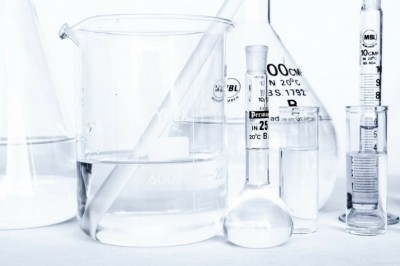Pure and Deionized Water Storing Procedures
Water purification involves many processes which must be done with the utmost care. After all the phases ordinary water undergoes to become deionized, it must be stored properly to retain its integrity and purity.
Deionization is the removal of ions -positive (cation) and negative (anion) - in the water. Deionized water is can be very aggressive and can cause corrosion. It will react with anything it comes in contact with especially metals and alloys like calcium, magnesium, copper and stainless. Corrosion of the storage container is a natural consequence if youre not using the right type to store deionized water.
Deionized water is used in many applications which require high quality water, like food processing, pharmaceuticals, cosmetics, electronics, medicine, chemistry, and other scientific areas.
Therefore it is important to know how to store deionized water. The following are some techniques used in storage of deionized water:
1. Tin-plated containers - Ceramic or metal/alloy-based container should be tin-plated to avoid the corrosive properties of deionized water. Auto-oxidation of tin forms a surface with low solubility index in water. As long as a neutral pH is maintained, storage in tin-plated container is good.
2. Glass containers - Containers made of glass or silica are also good choices for storing ultrapure and deionized water. The solubility of glass is extremely low so there is no likelihood of leaching of contaminants into the water.
3. Plastic containers - Though not as ideal as tin-plated and glass containers, those which are made of plastic can still be used for storage. However, the reactivity of deionized water can cause chlorine (in PVC) to seep slowly into the water.
4. Ozonation - Storage systems of ultrapure and deionized water are still susceptible to microbial contamination. Ozonation of storage containers prevent biofilm formation (complex aggregation of bacteria and other microorganisms growing on a solid substrate) as well as microbial contamination.
5. pH stabilizers - Due to the high reactivity of deionized water, its conductivity in storage increases significantly. Addition of stabilizing agents to keep the conductivity constant is common practice. Addition of potassium permanganate is one way to keep conductivity of deionized water in check.
6. Carbon dioxide trap - Contact with air is unavoidable even with the most meticulous safety system in place, and the air is full of contaminants such as airborne microorganisms, particles, and carbon dioxide. Carbon dioxide is converted into carbonic acid in the water. This in turn, results to an increase in conductivity and a subsequent decrease in pH.
7. Size of storage container or tank - The storage container or tank should be made to a size which can hold the largest batch of water that is required for one time use and the production of a new volume of deionized water for the next use. The tank should be also devised for a complete drainage and should be installed with vent filtration or nitrogen blanketing needed for the application.
The material and design of the storage container or tank is very important for maintaining water purity. It would be such a waste if the end product of the long and thorough process of water purification is lessened in its quality because of improper storage.
Deionized water is essential in many industrial and health applications. Therefore, appropriate storage must be ensured so that the water used in these applications is of the best quality.
Jo is a content writer for The-Water-Company.com (http://www.the-water-company.com), an established UK based high quality water supplier for more than thirty years, providing products such as deionized water and demineralized water to an extensive range of customers in UK, Europe and all over the world. If your firm has a Analysis water supply requirement or if you want to find out more information on any qualifications and typical chemical analysis results for the different water products then have a look at The-Water-Company.com.



























